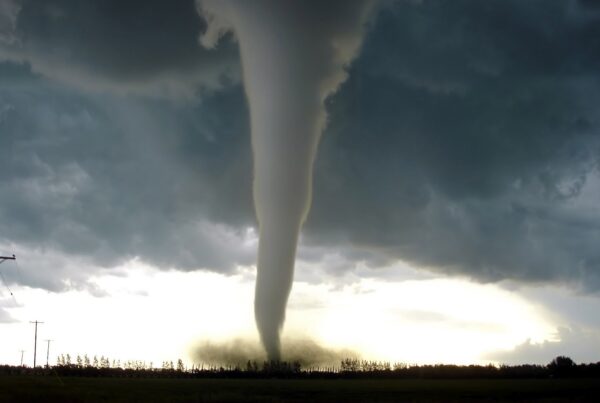Several weeks ago the Associated Press carried this item:
“A Chinese drywall manufacturer has agreed to pay hundreds of millions of dollars to resolve court claims by thousands of Gulf Coast property owners who say the product corroded pipes and wires and otherwise wrecked their homes, the largest settlement of its kind so far. The deal, announced Thursday by Judge Eldon E. Fallon of United States District Court in New Orleans, calls for the manufacturer, the Knauf Plasterboard Tianjin Company, to create an uncapped fund to pay for repairing roughly 4,500 properties, mostly in Florida, Louisiana, Mississippi and Alabama. A separate fund capped at $30 million will pay for other types of losses, including those by people who blame drywall for health problems. Russ Herman, the lead lawyer for the plaintiffs, said the settlement was worth $800 million to $1 billion, although a lawyer for Knauf disputed that estimate. Mr. Herman said about 55 percent of the people who would benefit from the settlement live in Florida, while 35 percent live in Louisiana. The deal will resolve cases filed in both state and federal court. Chinese drywall was used in the construction of thousands of homes, mainly in the South, after a series of hurricanes in 2005 and before the housing bubble burst. The problems it has caused include foul odors and corrosion of pipes and wiring.”
This has been a long and interesting case, reaching back to when the Consumer Products Safety Commission (CPSC) initiated involvement.
CPSC’s science-driven investigation of problem drywall began in early 2009 when the agency heard from families and states that were impacted. CPSC visited affected homes to see the problem first hand and to meet homeowners in person who were experiencing this problem, sent an investigative team to China, and launched dozens of scientific studies to determine if there was a health and safety hazard. The agency joined forces with the U.S. Department of Housing and Urban Development (HUD), the U.S. Centers for Disease Control and Prevention (CDC) and the U.S. Environmental Protection Agency (EPA) to form the Federal Interagency Task Force on Problem Drywall.
Scientific studies funded by CPSC at the nation’s top laboratories determined a strong association between problem drywall, hydrogen sulfide and corrosion. Importantly, this led to the development of identification and remediation guidance for homeowners with problem drywall.
CPSC is confident that its extensive research and testing have been successful in defining the scope of the problem drywall issue, in producing identification and remediation protocols, and in providing homeowners with all the assistance possible within the agency’s jurisdiction and appropriated funds authority.
Depending on what part of the country in which you practice, remaining alert and informed about this situation will assuredly add value to building inspection engineering services you provide.
Visit http://www.cpsc.gov/info/drywall/investigation.html for more information on this unique and on-going situation in U.S. homes.


